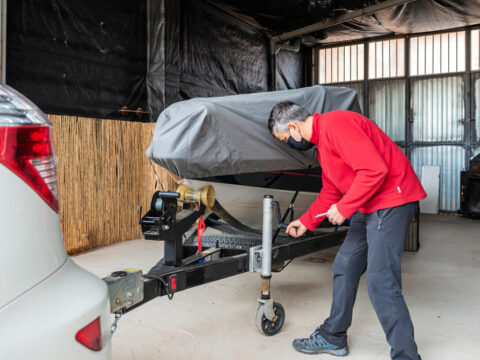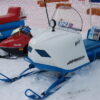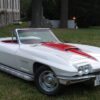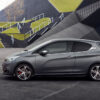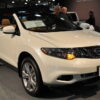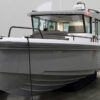Bicycles have played a crucial role in shaping how we move through cities, offering an efficient, eco-friendly alternative to cars and public transport. Over the years, certain bikes have stood out for their innovative designs and lasting impact on urban mobility. In this article, we’ll explore 17 legendary bicycles that have not only influenced how we get around but have also become icons in their own right.
Contents
Schwinn Sting-Ray
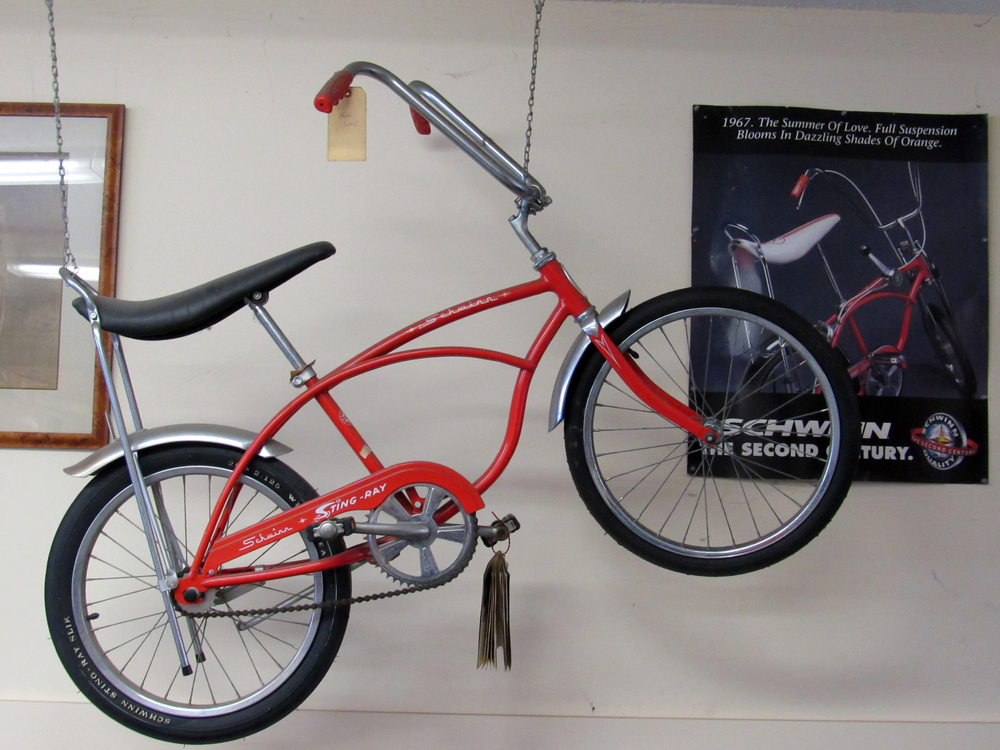
Launched in the 1960s, the Schwinn Sting-Ray changed the landscape of bicycle design with its banana seat and high-rise handlebars. It quickly became a symbol of youth culture in the United States, offering a style that was both distinctive and practical. This bike’s influence extended to the development of BMX bikes, which dominated urban streets for decades.
Raleigh Chopper

Introduced in 1969, the Raleigh Chopper became a defining image of the 1970s in the UK. Its design, inspired by chopper motorcycles, featured a long, padded seat and high-rise handlebars, making it stand out from other bikes. The Chopper wasn’t just a mode of transportation; it was a cultural phenomenon that encouraged a new generation to embrace cycling.
Brompton Folding Bike

Conceived in the 1980s, the Brompton Folding Bike offered a solution to the space constraints of urban living. This innovative design allowed city dwellers to fold their bikes into a compact form, making it easy to carry and store. The Brompton became synonymous with urban commuting, as it offered the flexibility to combine cycling with public transportation.
Dutch Omafiets
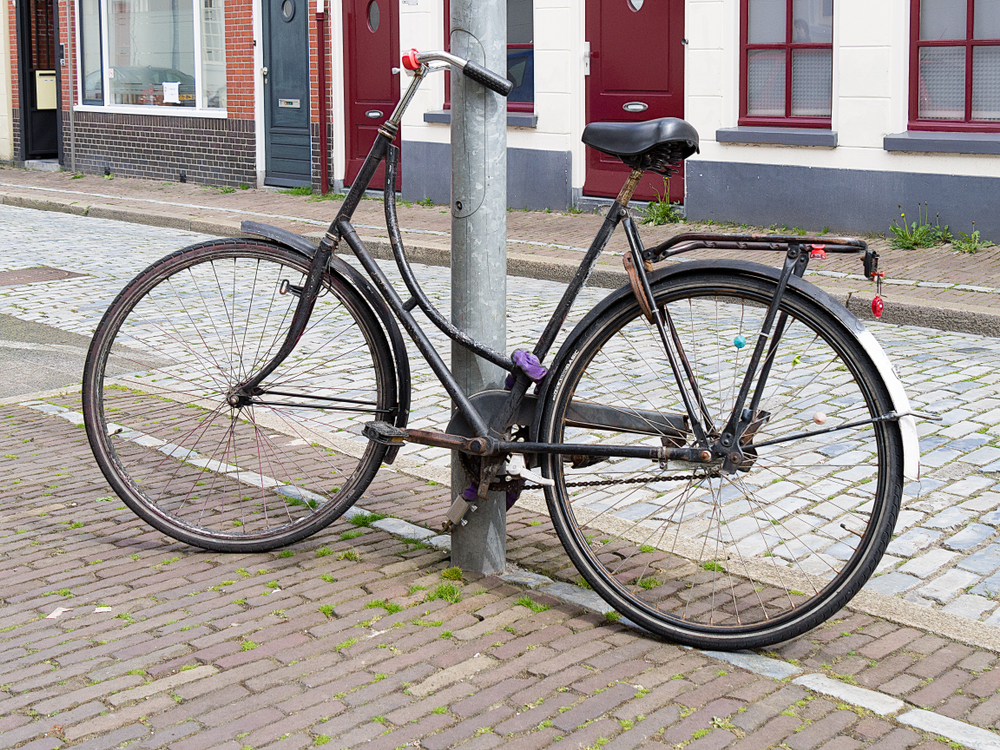
The Dutch Omafiets, or “grandma bike,” is a classic design that has been a staple in the Netherlands for over a century. Characterized by its step-through frame, upright riding position, and durability, the Omafiets is ideal for daily urban commuting. Its popularity spread beyond the Netherlands, influencing the design of city bikes around the world.
Moulton Bicycle

The Moulton Bicycle, introduced in the 1960s, was a pioneering design that challenged conventional bicycle construction. With small wheels and a suspension system, the Moulton offered a smoother ride on uneven urban roads. Its unique design was not just about aesthetics; it also improved performance and comfort for city cyclists.
The Penny-Farthing
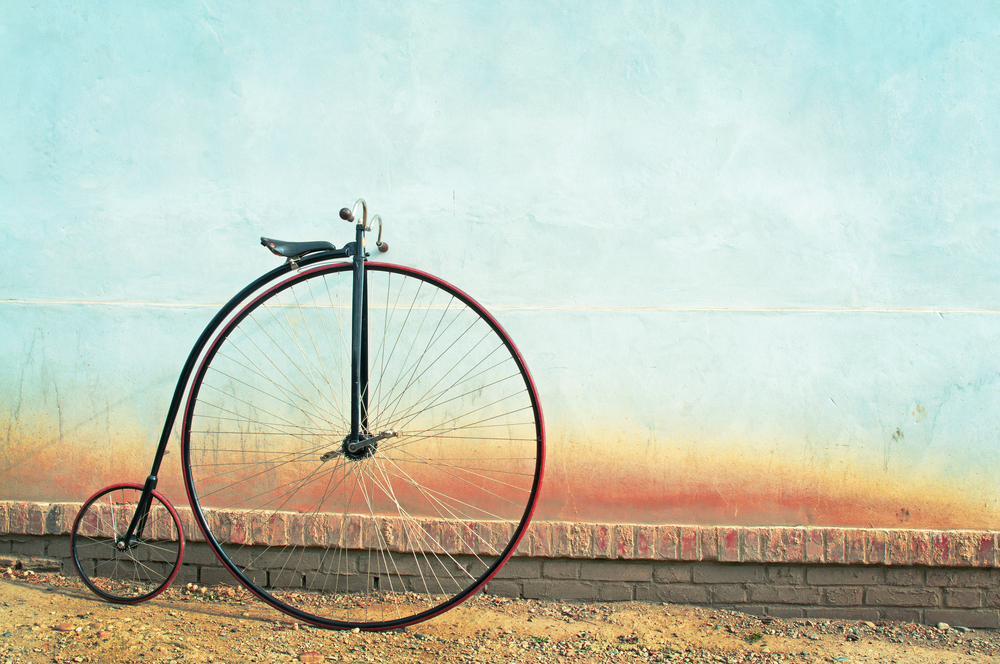
The Penny-Farthing, with its large front wheel and small rear wheel, was one of the first bicycles to gain widespread popularity in the late 19th century. Although its design is now seen as antiquated and impractical, the Penny-Farthing was a significant step in the evolution of bicycle technology. It made cycling a popular mode of transport in urban areas before the advent of safer designs. The Penny-Farthing is remembered today for its bold design and its role in the early days of urban cycling.
The Velocipede
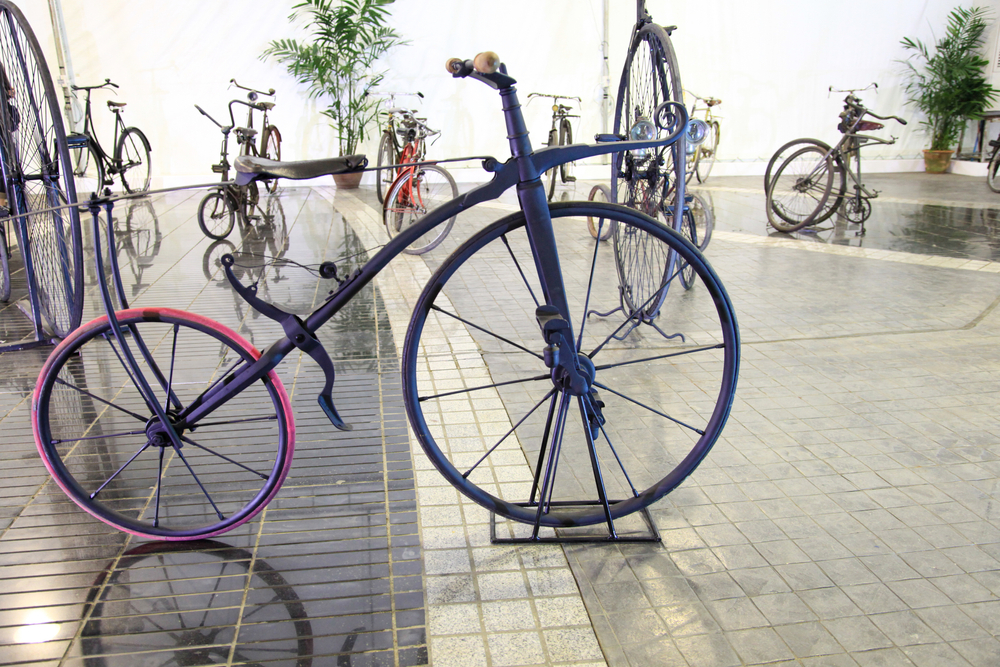
The Velocipede, often called the “boneshaker,” was one of the first pedal-powered bicycles. Introduced in the 1860s, it had a rigid frame and iron-rimmed wheels that made for a rough ride on cobblestone streets. Despite its discomfort, the Velocipede played a crucial role in the popularization of cycling in cities. Its introduction marked the beginning of the bicycle craze that would sweep through urban centers in the late 19th century.
Raleigh Roadster

The Raleigh Roadster, known for its robustness and reliability, became a popular choice for city dwellers in the early 20th century. With its heavy frame, full chain guard, and hub brakes, it was built to withstand the rigors of daily commuting. The Roadster’s design emphasized comfort and low maintenance, making it a preferred choice for urban transport. Its legacy continues in the classic city bikes that still draw inspiration from its design.
The Dahon Folding Bike
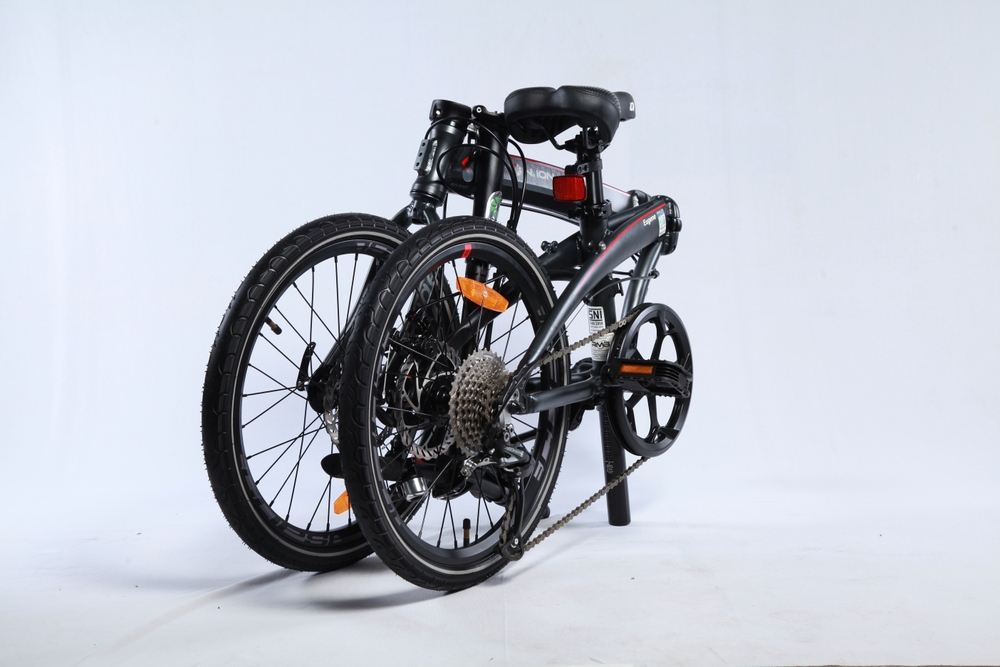
Dahon, a pioneer in folding bicycle technology, introduced one of the most compact and portable folding bikes in the 1980s. This innovation provided an ideal solution for urban commuters who needed a flexible mode of transport that could be easily stored in small apartments or carried onto public transit.
The Peugeot PX-10
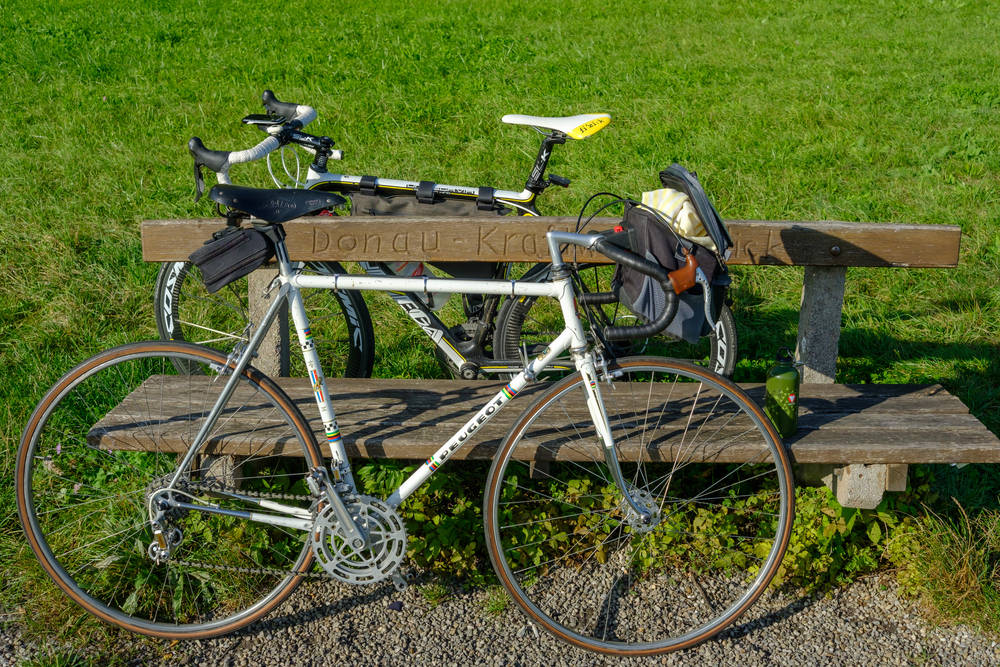
The Peugeot PX-10, a lightweight racing bike from the 1960s, became a favorite among urban cyclists for its speed and agility. Originally designed for competitive racing, its lightweight frame and responsive handling also made it suitable for navigating city streets. The PX-10 helped popularize the use of racing bikes in urban environments, influencing the design of many modern city bikes.
BMX Bike

The BMX bike, originally developed for off-road racing in the 1970s, quickly found a place in urban environments due to its durability and maneuverability. Its compact size and rugged build made it perfect for navigating city streets, performing tricks, and handling rough urban terrain. BMX culture flourished in cities, turning these bikes into symbols of youth and rebellion.
The Velib’ Bicycle
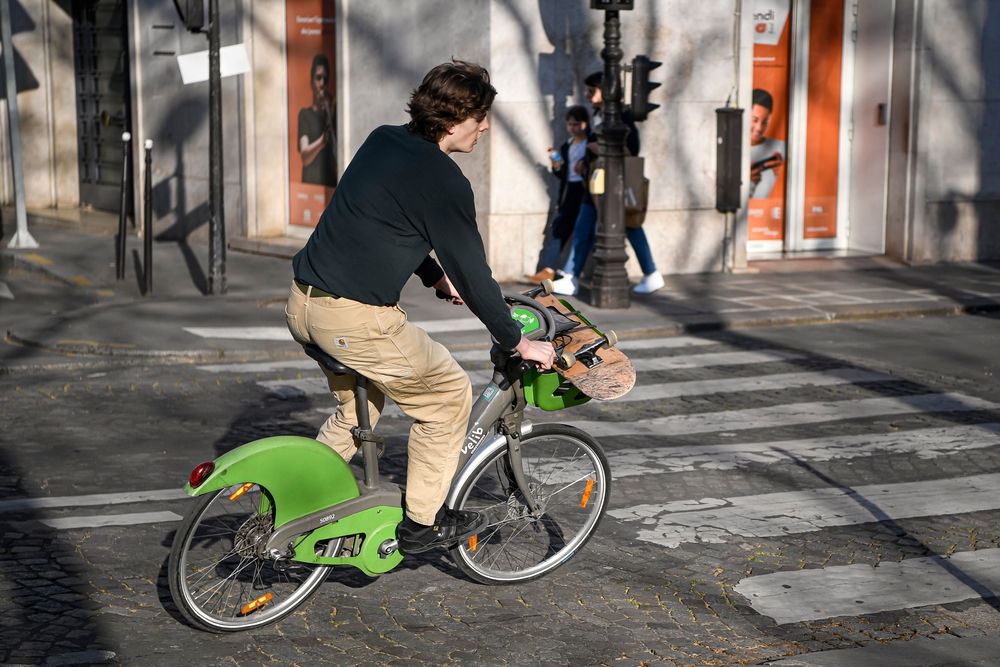
Launched in Paris in 2007, the Velib’ bicycle-sharing system transformed urban mobility by making bicycles readily available for short-term use. This program made it easy for city dwellers to incorporate cycling into their daily routines without owning a bike. Velib’ set the standard for bike-sharing programs worldwide, demonstrating the viability of cycling as a key component of urban transportation systems.
Fixie (Fixed-Gear Bike)
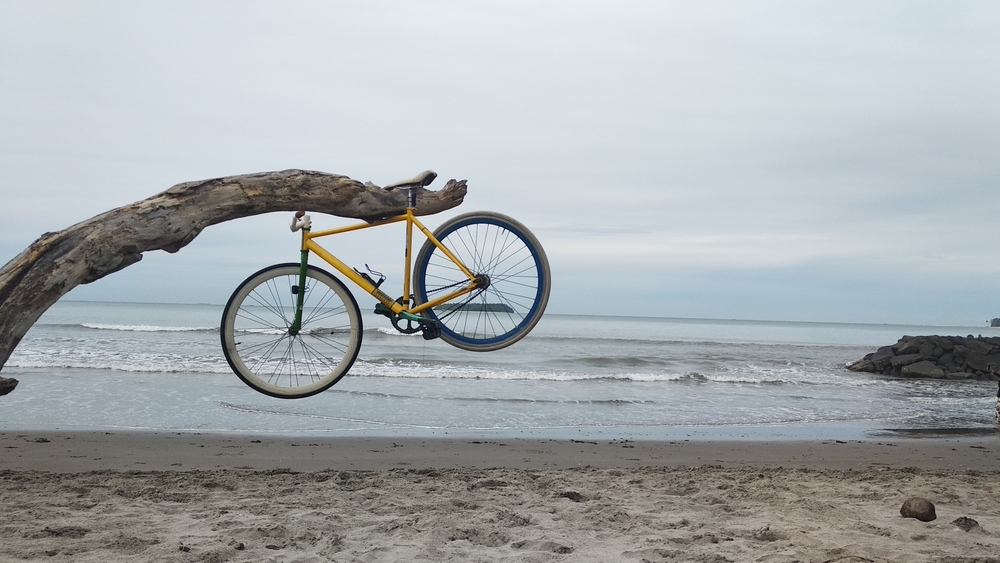
The Fixie, or fixed-gear bike, gained popularity in urban environments due to its simplicity and efficiency. With no freewheel mechanism, riders are directly connected to the bike’s movement, offering a unique riding experience. Fixies became particularly popular among urban couriers and cycling enthusiasts who valued their low maintenance and minimalist design.
Cannondale Bad Boy

The Cannondale Bad Boy, with its sleek design and innovative features, redefined the urban bike in the late 1990s. This bike combined the lightweight frame of a road bike with the durability of a mountain bike, making it perfect for city streets. Its aggressive look and performance-oriented design appealed to urban cyclists who wanted both style and functionality. The Bad Boy remains a popular choice for city riders who value performance and aesthetics.
The Cargobike

The Cargobike, particularly popular in cities like Copenhagen and Amsterdam, has revolutionized how goods and people are transported in urban environments. With its large front or rear cargo space, this bike allows for the easy transport of children, groceries, or even commercial goods. Cargo bikes have become essential for families and businesses in cities, reducing the need for cars and promoting sustainable urban living.
The Strida Folding Bike
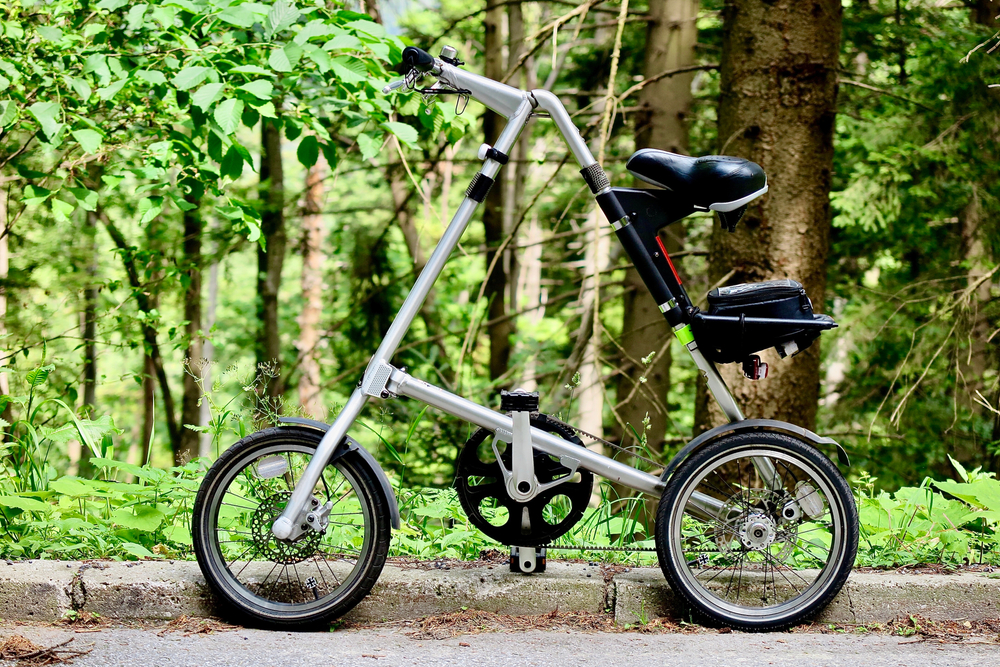
The Strida Folding Bike, with its distinctive triangular frame, offers a unique take on urban mobility. Designed in the 1980s, it was one of the first bikes to focus on ease of folding and carrying, making it perfect for city commuters. The Strida’s lightweight and innovative design allow it to be folded in seconds, transforming it into a compact package that’s easy to take on public transportation or store in small spaces.
The Brompton Electric
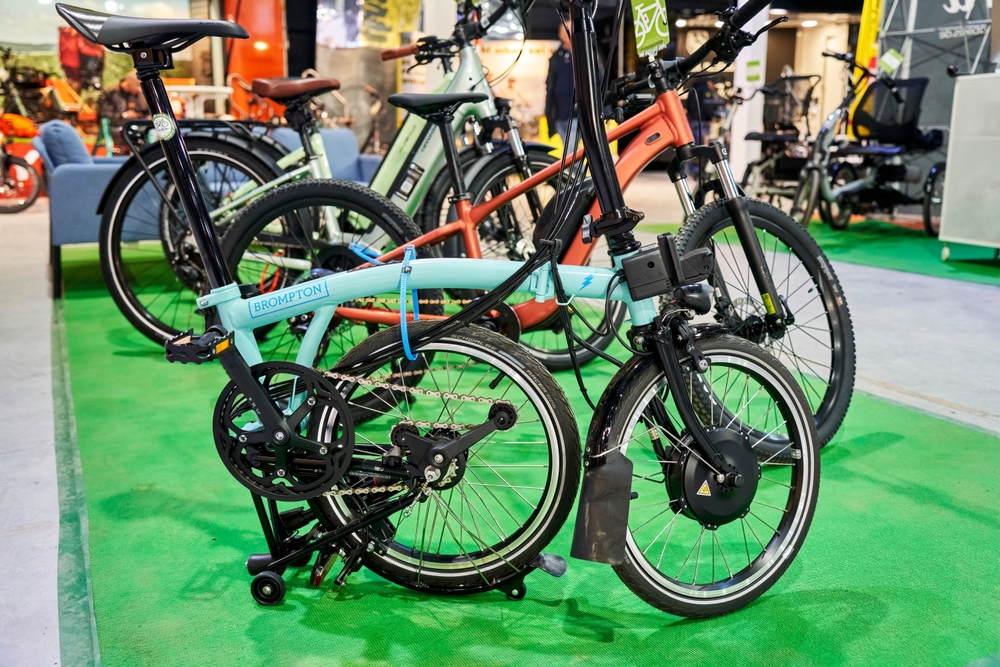
The Brompton Electric, launched in the 2010s, combined the convenience of a folding bike with the power of an electric motor. This innovation made it easier for city dwellers to tackle longer commutes and hilly terrain without breaking a sweat. The Brompton Electric represents the future of urban cycling, where technology and design come together to create efficient, eco-friendly transport options.
This article originally appeared on MyCarMakesNoise.
More from MyCarMakesNoise
20 Classic Cars That Embody the American Spirit
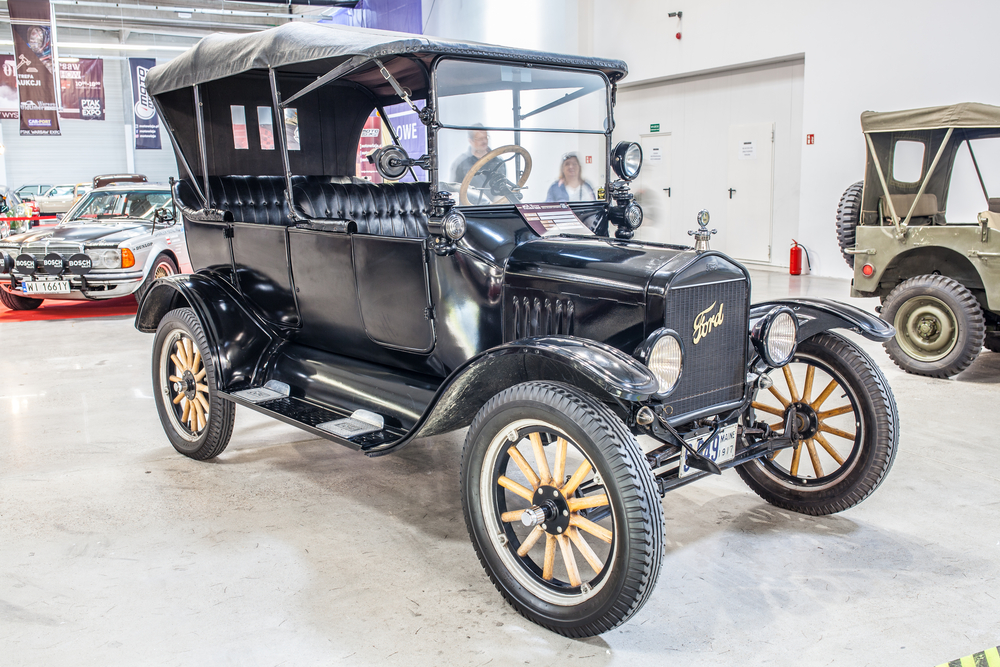
The American Dream has always been closely tied to the open road, where freedom, innovation, and style come together. Over the decades, certain cars have become icons, capturing the essence of this dream and symbolizing the spirit of a nation. Read More.
15 Compelling Reasons to Postpone Your Electric Car Purchase
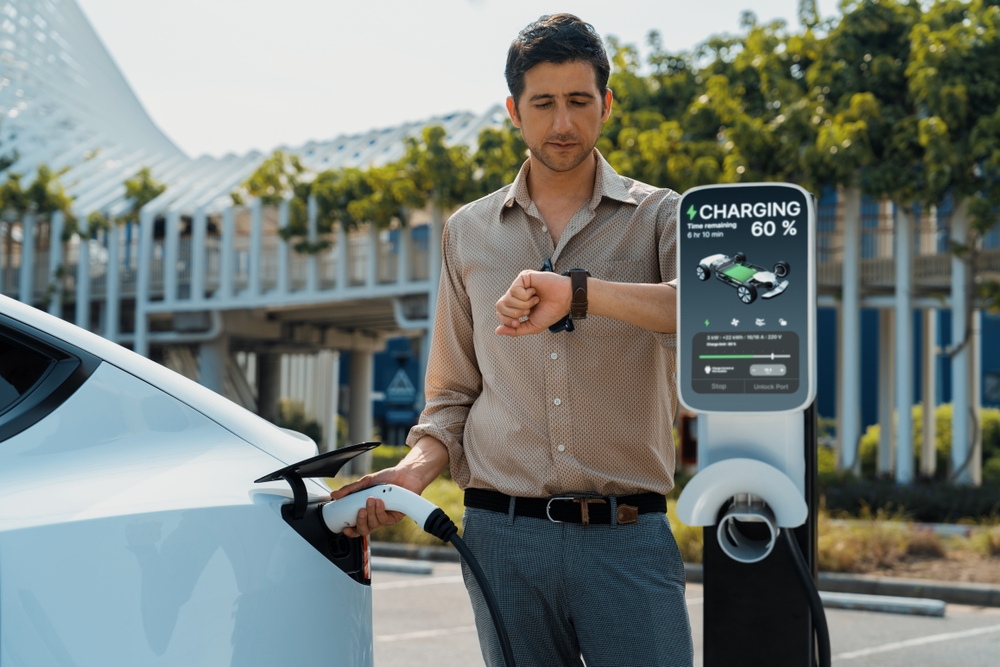
Thinking about making the switch to an electric car? While the idea is exciting, there are a few important factors to consider before making the leap. In this article, we’ll explore 15 compelling reasons why you might want to hold off on purchasing an electric vehicle just yet. Read More.
16 Antique Tractors Sought After by Collectors
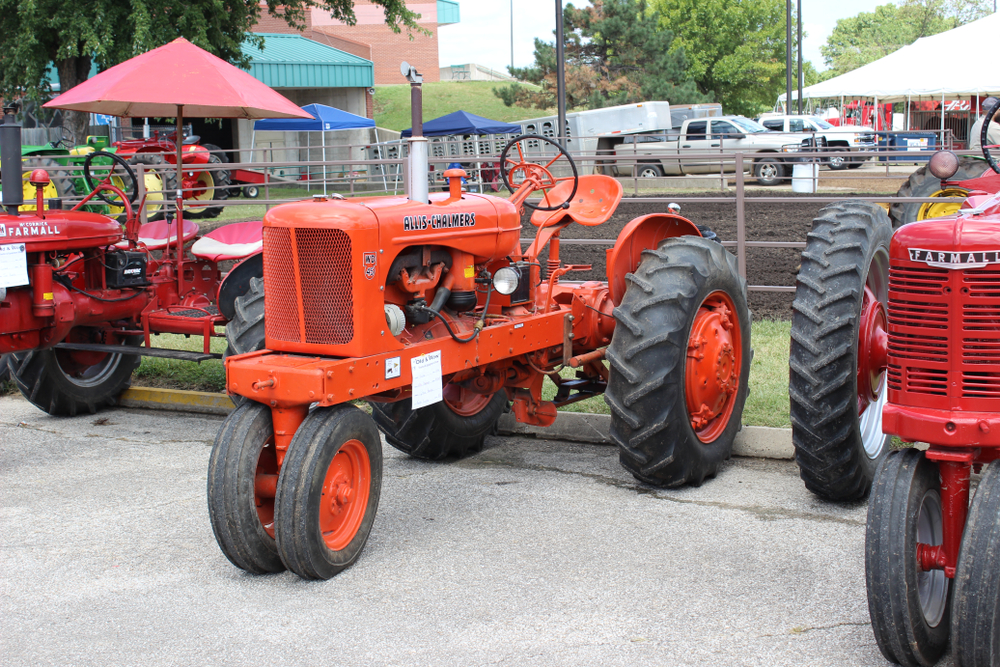
Antique tractors hold a special place in the hearts of collectors, combining history, innovation, and nostalgia. These machines not only revolutionized farming but also became symbols of agricultural heritage. Read More.




